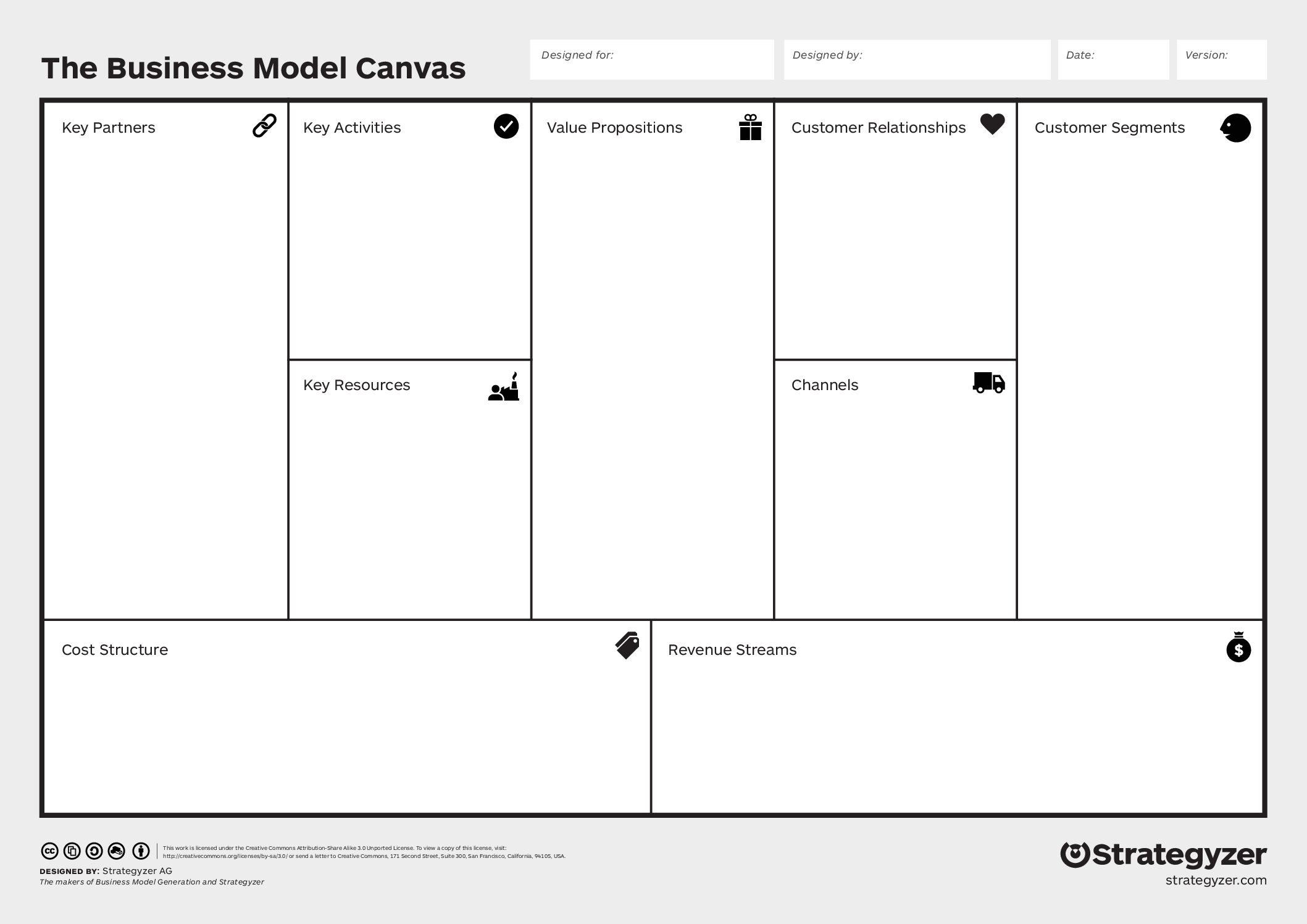Making Myths and Luxuries: Branding Lessons for Artists
You can sign up for our Business of art newsletter to get great content in the comfort of your own inbox.
In the corporate world, we talk about “brand” to discuss a company’s identity. Much like human identities, there are many brand possibilities for companies. Brands can be fun and playful, irreverent, serious, etc.
While the word brand might be too stiff or formal for an artist’s business, artists still have an identity. And developing your identity is key to being successful. For artist entrepreneurs, it can be fun and valuable to explore what identity they want their business to have. Artist branding doesn’t have to be a bad thing.
What Is a Brand?
We often think of a brand as a logo, but it’s a lot more than a stylish symbol. A common phrase in corporate marketing is, “A brand is what your customers say it is.” In other words, a brand is the emotional connection between the company, its products, and the customer. A brand is complex; it is the essence of a company and the relationship of that essence to its audience.
When customers buy something from a brand they like, they’re not just buying a product or a service. They’re buying meaning, something that goes beyond function and reflects on how the customer views themselves.
Something similar can be said for art.
Certainly, most people don’t buy art for its functional value the way they buy, say, a pair of shoes or a car. They buy art for how it makes them feel. A big part of that is the storytelling that happens around the art, what I like to call the Myth.
Myth Making for Artists
What makes one artist more well-known than another? Is it that their work is better than others?
Sometimes a revered artists work IS better, but likely what makes an artist more well known than another is differentiation! More often than not, it’s the myths created around the artist and their artwork that heighten the audience’s value of the creative output. In branding, we call this “myth” a brand story.
What is a myth, exactly?
It’s more than a story. Myths often have some common characteristics, including:
- A story with a nearly unbelievable—but still possible—arc.
- An origin, a transformation, and an expansive possibility
Myths are created to teach us, to inspire us, and to help us understand our own experiences in the world. The ability to craft and articulate a myth can be very valuable to an artist seeking to sustain themselves through the sale of their artwork.
For artists, this usually translates to:
- An origin story somewhere between truth and fiction, but that showcases the artist’s humanity. It is where you are from in all aspects. Your hometown, your family, your friends and colleagues, and all the unique things and experiences that make you, YOU.
- A transition where they experience concepts and learn skills to turn ideas into things. It is how you emerged as an artist. Your early experiences. The teacher that recognizes your talent. The training that refined you. The critique that made you. The transition is the awareness of you as a creative force. A vision of things yet to exist. The artist has dreams of concepts, ideas and inventions that will enrich them as a creator.
So how does myth making translate to selling art? To understand this, it’s important to understand what type of business you want to be and to develop a myth that embraces the type.
Three Types of Businesses
There are essentially three types of business: Commodity, Premium, and Luxury. Let’s take a quick look at what each of these are.
Commodity Business
Commodities are interchangeable goods or services. Their price is controlled by the customer, who can buy any number of products or services that are nearly the same from a selection of vendors. For example, it doesn’t matter whether they buy the store brand of sugar or a name brand. The product is essentially the same and the creator has no control over the price.
Fine art is rarely sold as a commodity, though there are certainly websites where artists can sell various quality prints of their work as a commodity. This might be most akin to an unlimited print run.
Premium Business
A premium business sells differentiated products or services based on quality of material, skill, or customer support. The prices are often tied to what the market will bear, but is also greatly influenced by the quantity and expansiveness of offerings that supply has created in the marketplace. The creator has some control over the price, although the peers that they are competing with will influence price as well.
For an artist business, a premium business model can make a lot of sense. The artist often selects ideal materials for their creations and their skill is often high caliber. Together, the quality of materials and expertise of craftsmanship to make a work of art can command premium pricing, although your price may be influenced by your fellow premium peers.
Luxury Business
Luxury businesses are distinguished from the other types based on often irrational, subjective reasons. Products and services in this category are driven by scarcity, usually manufactured, and priced much higher than the value of the materials or skill needed to create them. In some ways, luxury products transcend reality by enabling the customer to be, think, say or do something beyond themselves.
Think of almost any high-end luxury clothing brand where it’s all about the designer’s name and the brand rather than the material of the product or the skill of the person actually making the goods (either by hand or using machines).
Art easily lends itself to this category, and much of society also sees art as a luxury. Not only is art a perspective, expression or manifestation of an idea that reflects the buyer, but its supply is greatly limited, it is usually unique, and only the artist has the skill and experience to create it. As a luxury brand, the artist and their business team can have significant control of the price.
Where Does Your Artist Business Fit In?
So what do these three types of businesses have to do with making myths? Oftentimes, the myth defines the business type. In other words, your art might be totally differentiated from every single piece of art out there. But it is your myth—your story, your skill, your experiences, etc.—that defines whether your art is a commodity, a premium product, or a luxury experience. How accessible your myth is to your audience also plays an important role. If no one knows the myth–or understands it–it kind of doesn’t exist!
Keep in mind that you may work through all three of these types of businesses over your art career. You might start at the commodity level, maybe churning out similar, less differentiated work at first. Then, as both your artistic vision and business skills mature, you might morph into a premium business, making fewer pieces (i.e. reducing supply) and growing the perceived value of your work. Finally, you might further refine your model to develop luxury pieces and services, such as painting commissioned murals in a customer’s home or designing Diadora’s next show line.
Ultimately, the direction you choose to take your business is yours. But if you need guidance in refining your vision and understanding how to build a business that supports your art, I’m here to help. Contact me to discuss how to build your income as an artist in a way that aligns with your artistic vision.






